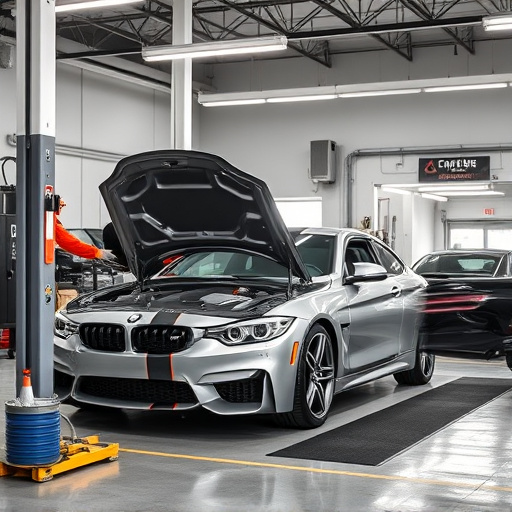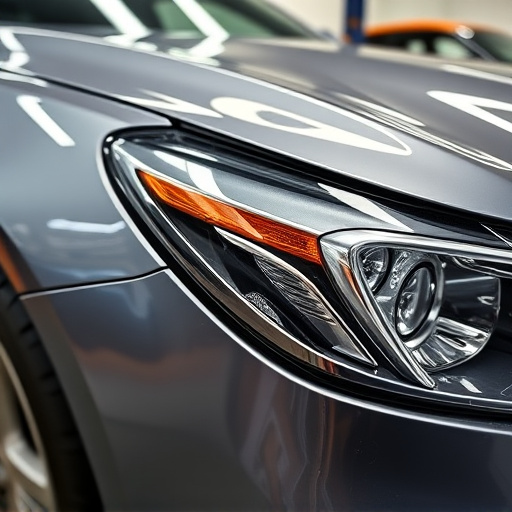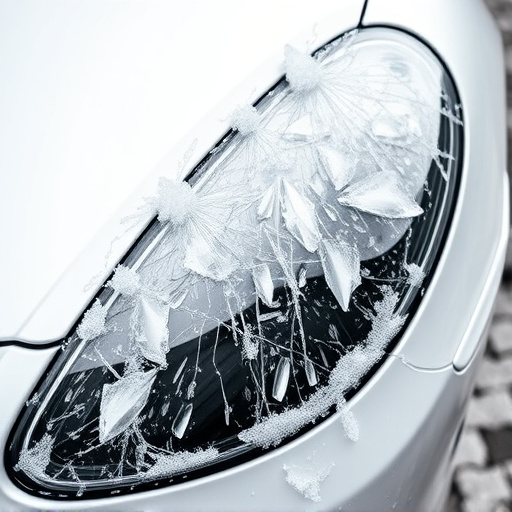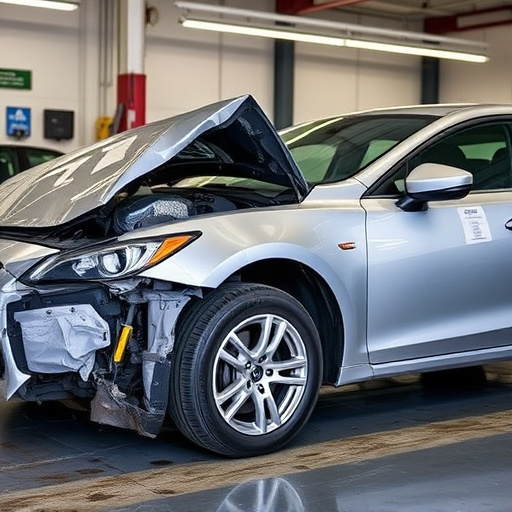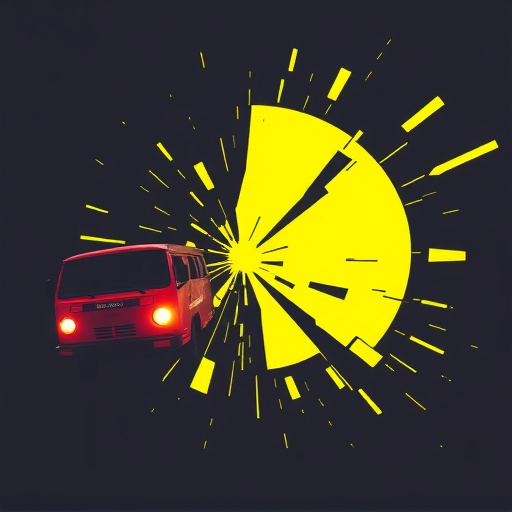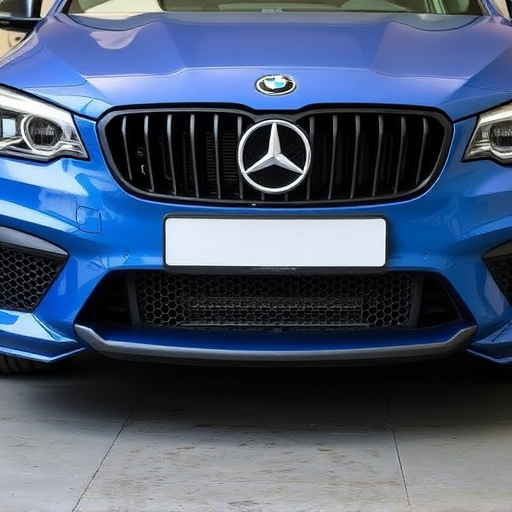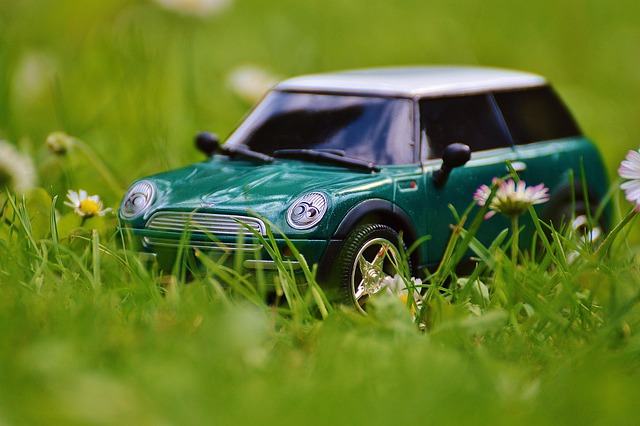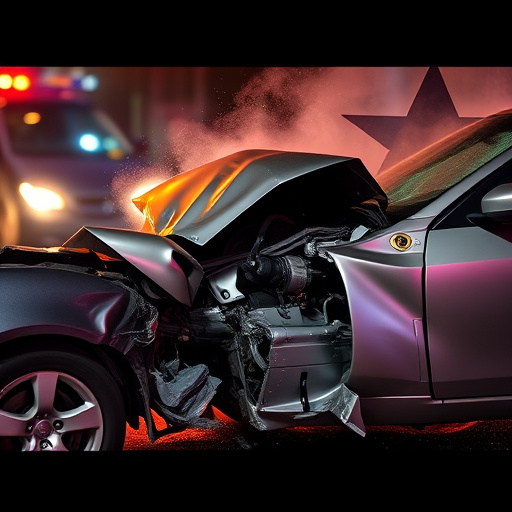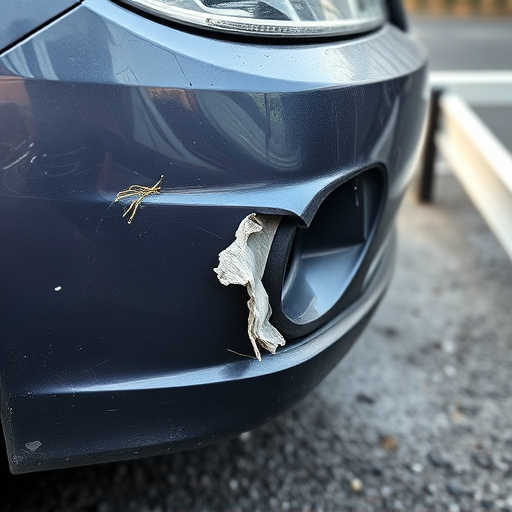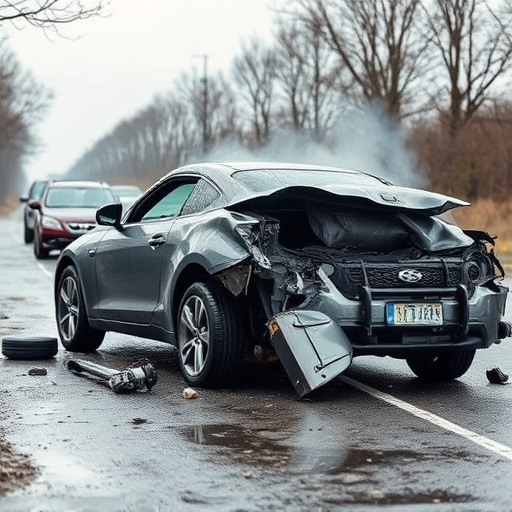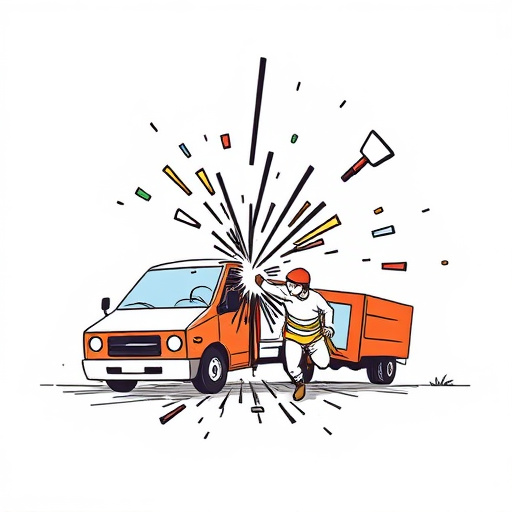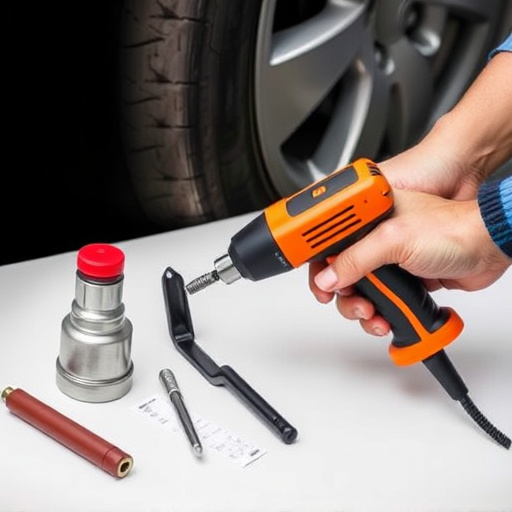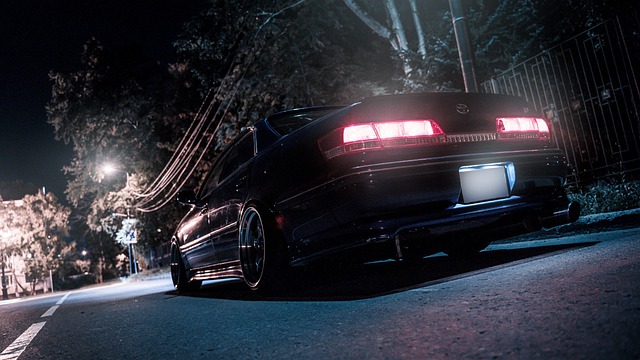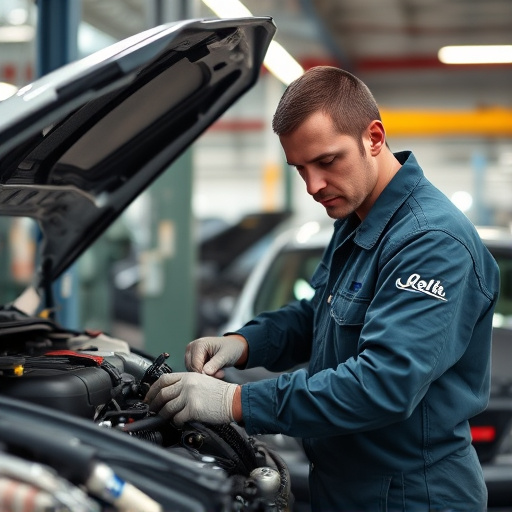Custom color matching collision repairs require distinct approaches for metallic and solid colors. Metallic paints, with their reflective metal flakes, are more complex to match precisely than solid colors. Collision centers use specialized tools and advanced techniques for both types, ensuring minimal discrepancies and top-notch results. Skilled technicians prepare surfaces meticulously, source high-quality paints, and follow detailed application methods for accurate matches.
In the realm of automotive repairs, achieving flawless results in custom color matching is paramount for a seamless restoration. This article delves into the intricacies of metallic and solid colors, exploring their unique properties and how they impact collision repair processes. We dissect the advantages and challenges of custom color matching, offering valuable insights to professionals. From understanding color theory to implementing best practices, this guide equips you with the knowledge to consistently attain accurate color matches in various vehicle finishes, ensuring a top-notch restoration every time.
- Understanding Metallic and Solid Colors in Repairs
- Advantages and Challenges of Custom Color Matching
- Best Practices for Achieving Accurate Color Matches
Understanding Metallic and Solid Colors in Repairs
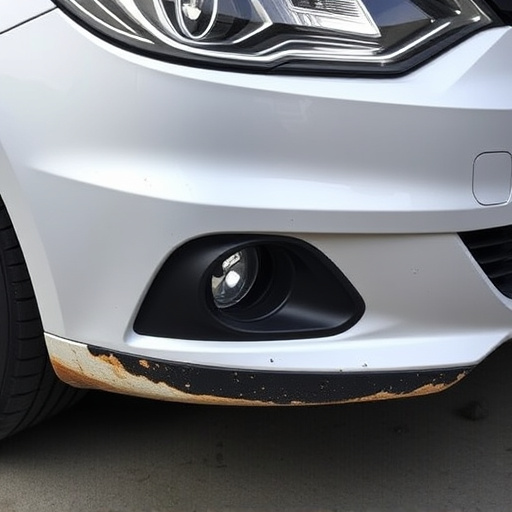
When it comes to custom color matching repairs, understanding the nuances between metallic and solid colors is essential. Metallic paints have a unique, reflective quality due to the presence of metal flakes or pigments, creating depths and shifts in hue that solid colors lack. This characteristic makes them more challenging to match precisely, especially after a collision. At a reliable collision center or collision repair center, technicians employ specialized tools and expertise to analyze and blend metallic paints accurately, ensuring minimal visible differences post-repair.
In contrast, solid colors are more straightforward to manage as they do not contain reflective elements. They can be matched with greater ease, especially for minor scratches or dents. However, when a collision occurs, even solid colors may need adjustments to restore their original vibrancy. A professional collision damage repair service understands these distinctions, utilizing advanced techniques and high-quality paints whether dealing with metallic or solid colors to deliver top-notch custom color matching results.
Advantages and Challenges of Custom Color Matching
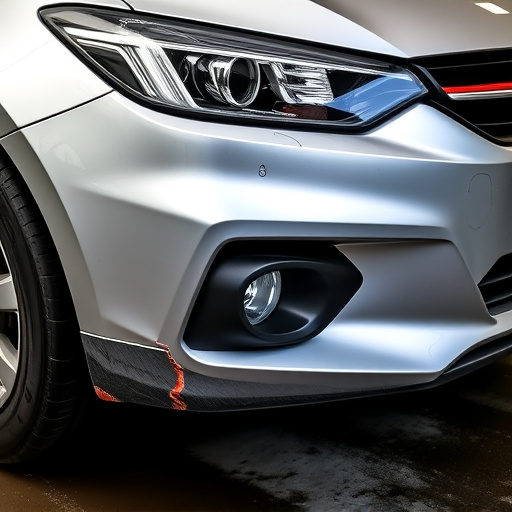
Custom color matching is a precise art in collision and car damage repair, offering both advantages and challenges. One of its key benefits is the ability to restore vehicles to their original aesthetic condition after repairs. This meticulous process ensures that every detail aligns with the vehicle’s initial factory finish, providing a seamless and satisfying outcome for car owners.
However, it’s not without its complexities. Achieving an exact match requires specialized equipment and skilled technicians who understand the nuances of different metallic and solid colors. The challenge lies in factoring in variations due to aging, fading, or even subtle differences in manufacturing processes. Despite these hurdles, custom color matching is a game-changer in auto maintenance, ensuring that cars not only look as good as new but also maintain their value and originality.
Best Practices for Achieving Accurate Color Matches
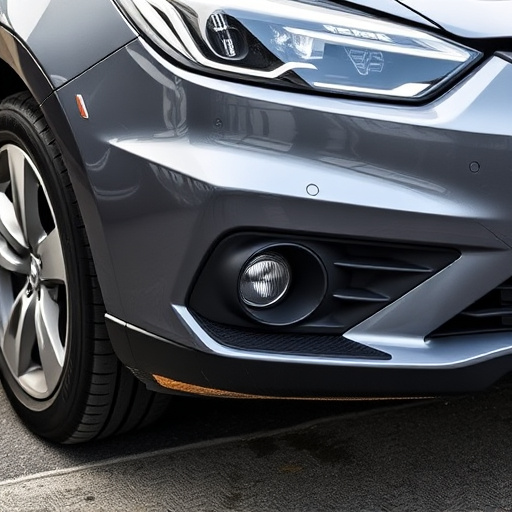
Achieving accurate color matches in custom matching repairs is a delicate process that requires precision and attention to detail. For fleet repair services or car dent repair professionals, it’s crucial to understand that metallic and solid colors demand distinct approaches. One best practice involves using high-quality paints specifically designed for each type of finish. Metallic paints often contain unique pigments and effects, so ensuring the paint is formulated to replicate the original color accurately is key. This can be achieved by consulting with manufacturers or industry experts who specialize in car repair shop processes.
Additionally, proper preparation of the surface before painting is essential. For solid colors, this may involve a simple sanding and cleaning process to ensure an even base. In contrast, metallic finishes might require more intricate surface treatment to capture the subtle nuances of the original color. Using the right tools, such as specialized brushes or airbrushes, and following a step-by-step application guide will result in a more precise custom color matching collision repair.
When it comes to custom color matching for collision repairs, understanding the nuances of metallic and solid colors is key. By grasping the unique properties and challenges associated with each, technicians can deliver accurate results that meet or exceed customer expectations. Adhering to best practices ensures a seamless process, from initial assessment to final touch-ups, ultimately enhancing the overall quality of the repair.
